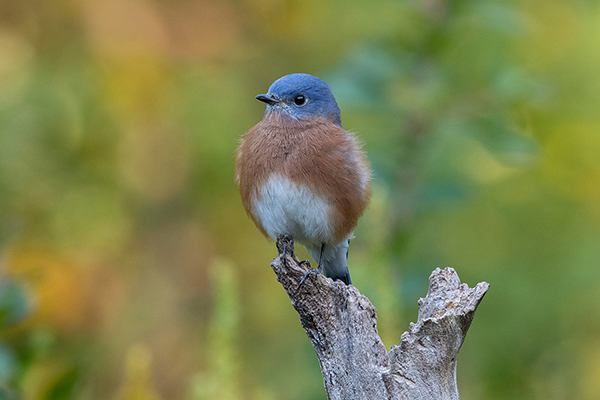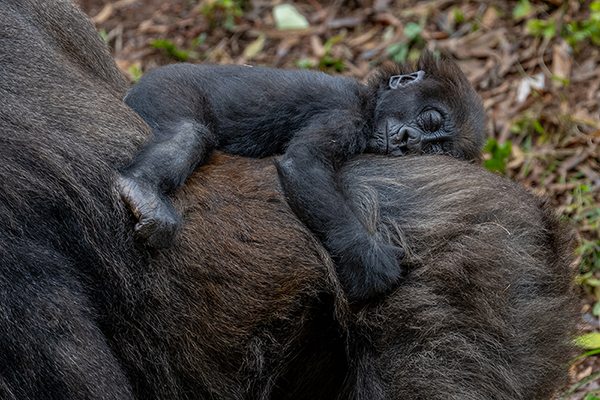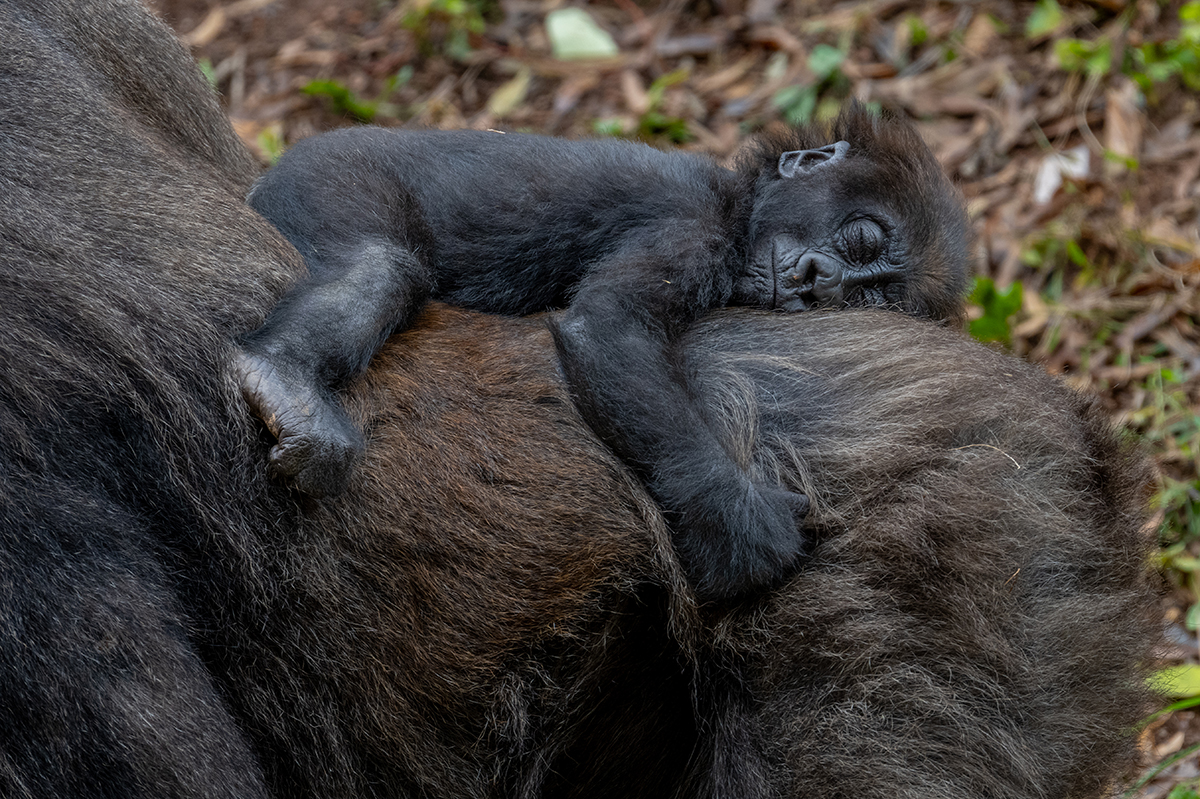Nikon Users, Rejoice
David Akoubian test-drives the Tamron 150-500mm VC telephoto lens designed for full-frame mirrorless using the Nikon Z mount.
Share the article:
More Photo Tips | Video Gallery | Photo Gallery | Enewsletter sign-up
By Jenn Gidman
Images by David Akoubian
Whether he’s chilling in his backyard bird sanctuary or paying a visit to the nearby Zoo Atlanta, David Akoubian is almost never without his camera, always ready to document his feathered and furry fellow Georgians. His most recent lens of choice for his wildlife photography has been the Tamron 150-500mm Di III VC VXD telephoto zoom for full-frame mirrorless, using the Sony E-mount. Recently, David was also able to test-drive the newest incarnation of the 150-500mm VC, designed for the mirrorless Nikon Z mount.
“Nikon users previously had to have an adapter to use the Tamron SP 150-600mm Di VC USD G2 telephoto lens,” he says. “I myself used an adapter with my 150-600mm, but I now prefer using the native 150-500mm lens without the adapter, due to its more compact size and other benefits. Menu features in the new 150-500mm VC lens appear seamlessly, and the lens is capable of tracking even fast-moving subjects like elk.”
“All of that, in combination with Tamron’s proprietary Vibration Compensation (VC) image stabilization feature, blew me away,” David continues. “I posted a photo just the other day taken at 400mm, at 1/60 of a second. I was using a monopod, but that alone didn’t steady things completely. The VC is incredible in those situations at minimizing vibrations and camera shake. I’m happy that Nikon mirrorless users now get to have the same kind of fun with Tamron lenses that Sony users have been enjoying.”
DAVID’S QUICK TIPS FOR WILDLIFE PHOTOGRAPHY
Know when wildlife is in peak form.
Doing a little research, or getting to know your subjects’ habits through practice, as emphasized in David Akoubian's photography, is a great way to find out the best times of year to take their pictures. That was the case with the eastern bluebird and northern cardinal shown here. Both of these species molt in the fall, revealing brilliant new plumage. They also grow thicker feathers right before winter hits, so they’ll appear fuller in pictures.

150-500mm (500mm), F8, 1/125 sec., ISO 900
Click image to view larger

150-500mm (500mm), F8, 1/125 sec., ISO 1600
Click image to view larger
Separate wildlife from their backgrounds.
This is key, especially with small birds that can get caught up in the clutter of what’s behind them. Using an f-stop of F8 is a sweet spot for me, because with a telephoto lens like the 150-500mm, shooting wide open will give you a very shallow depth-of-field. By shooting at F8, you can ensure that the depth-of-field covers the critical area of the beak to the eyes; even when the bird turns its head, the entire head remains in focus. That eye contact, a hallmark of David Akoubian's photography, helps forge a personal connection between viewer and subject.
Capture the tender moments.
In wildlife photography, this requires a bit of patience, and some serendipity. When I was a kid, local elementary students would visit Zoo Atlanta, where there was a western lowland gorilla named Willie B., named after former Atlanta Mayor William B. Hartsfield. He lived in an indoor enclosure until he was nearly 30, when Ford came in and built a gorilla enclosure. It was amazing to see Willie B. wandering around outside for the first time.
Willie B. Jr., his only son, is a silverback who now lives at the zoo, and this baby gorilla you see here is Willie B.’s grandson. I was able to get to a prime viewing spot outside the enclosure when the mother and baby came and sat down right in front of us. The backstory of this gorilla family that I’ve known for so long added an extra emotional layer to the image. Always have your camera on the ready and settings adjusted so you’re prepared for unexpected moments like this.

150-500mm (500mm), F8, 1/125 sec., ISO 720
Click image to view larger
Get creative with the lighting you’re dealt.
You can’t always control what light you’re working with for wildlife photography outdoors, but by carefully observing your surroundings, your wildlife portraits can look like they were taken in a studio. One of the older female gorillas sat down right in front of us, apparently seeking a break from helping out with some of the younger gorillas. It almost looks like I have a light set up behind her, coming in from her back left. There were also some rocks in front of us that the light bounced off of, adding a bit of fill light to her face.

150-500mm (277mm), F8, 1/125 sec., ISO 3600
Click image to view larger
You can see this effect in my photo of the lion as well. The lions had been sleeping a lot that hot day, but as we were getting ready to leave, one of them jumped up on a rock. The light hit the rocks on the side of the enclosure and bounced back into the lion’s face, creating a beautiful catchlight in its eye. A technique in David Akoubian's photography is to always pay attention to the sunlight’s angles and reflective surfaces within the animals’ enclosures to see how you can work the light to your advantage.

150-500mm (500mm), F8, 1/250 sec., ISO 1100
Click image to view larger
To see more of David Akoubian’s work, check out his Instagram or go to www.bearwoodsphotography.com.
Is your Tamron News subscription up to date? Click to subscribe to all editions of Tamron News featuring how-to tips, new product news, contest announcements and inspiration!
More Photo Tips | Watch Videos | Learn More About Tamron Lenses | Photo Gallery
